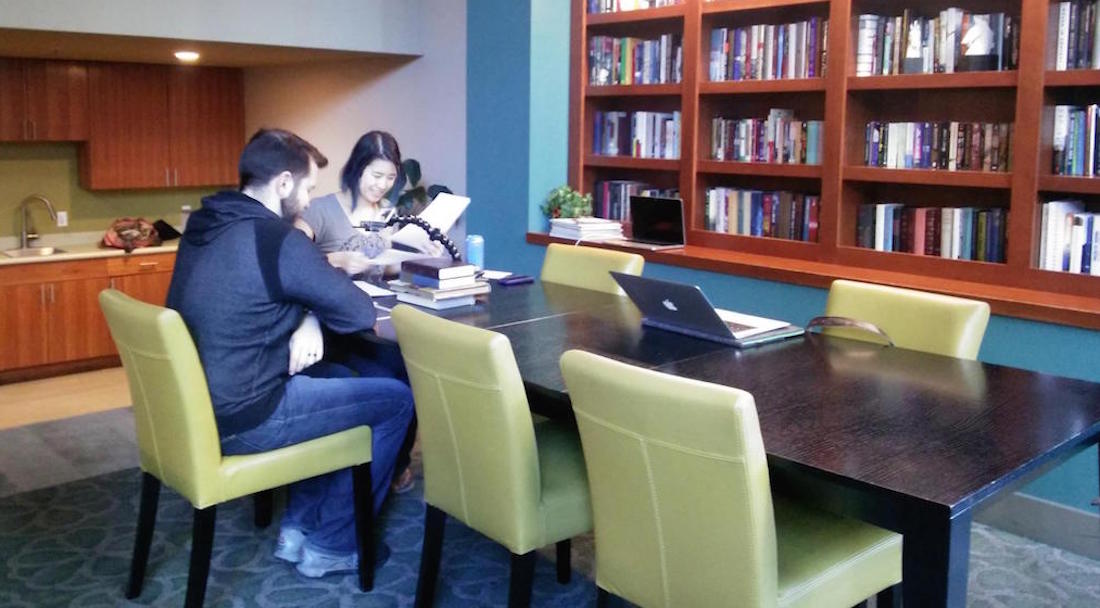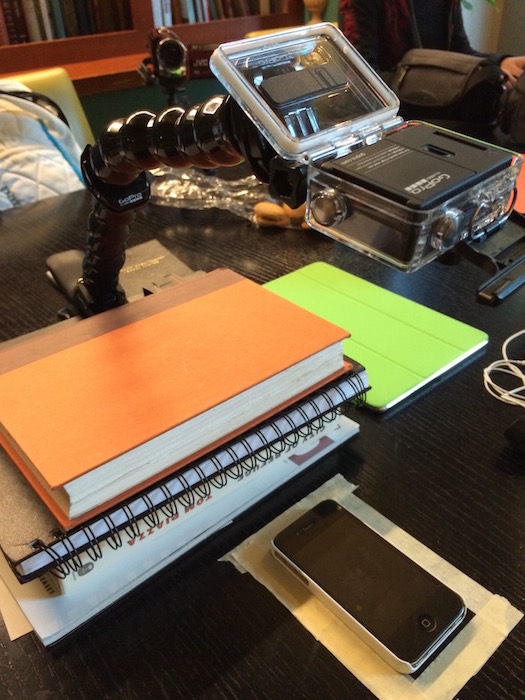Laud Social
Jan 2015 - Apr 2015
Project Overview
Laud Social is a tool to automate social media marketing and make maintaining a social presence easier. It was created for small to medium businesses that did not have a dedicated social media manager or ability.
Our goal was to assess the usability of the then-unreleased iPhone app by performing a benchmark study. We designed, conducted, and analyzed the study, then presented it to both the client and our peers. After the course was over, Laud Social enlisted us to perform a follow-up study on the v2 app that incorporated suggestions from our initial findings.
My role

Lead and Moderator
From the beginning, I acted as the de-facto lead of my four-person team, as well as the main point-of-contact for the client. When we started the participant sessions, I conducted half of the sessions while also taking notes of any feedback. All of us contributed to the design and analysis.
Benchmark Study
6 participants were asked to perform 10 tasks covering common app tasks. They were asked to use the think aloud protocol, and their actions were observed and recorded.
Participant breakdown:
- 4 female, 2 male
- Between 18 and 60 years of age
- owns and uses iPhone daily
- 2 experts, 2 intermediates, and 2 novices in social media marketing
We reserved a quiet common room of an apartment building for the study, and used a custom-built GoPro stand and video camera to record participants.
Challenges
Learning iOS: This is a personal challenge, as I had never spent much time with iOS. It took many rounds of clicking around the app to learn what did what, but I felt that I needed to know it in case the participant needed help steering back to a page.
Data synthesis: We wanted to make the study worthwhile to the client, so we designed a comprehensive study with 10 tasks. This meant we had a lot of data to sort and analyze after the fact, a process that took many late nights and cross-checking.
Recording: In order to get a comprehensive understanding of the participant’s app usage, we wanted to record both the physical reactions (facial movements, comments) and the on-screen clicking. To do this, we set up a video camera to record the full scene as well as a Go-Pro on a mobile arm to capture the hand movements.

Results
Toolkit
- 1:1 interviews
- iOS, specifically iPhone 6
- Surveys
- Data analysis